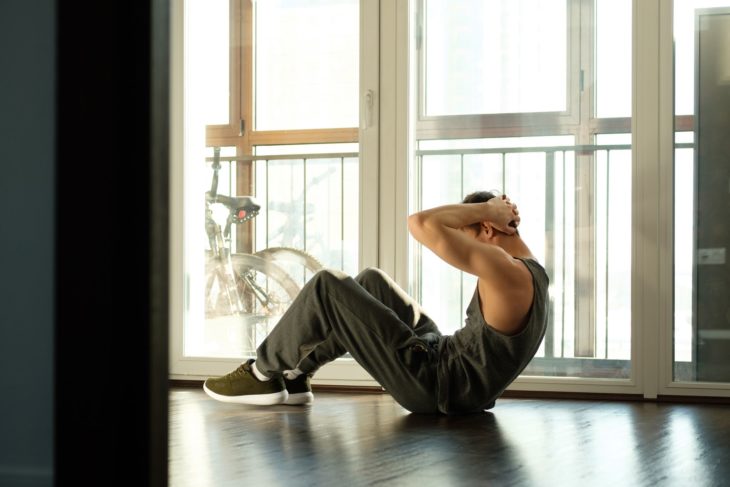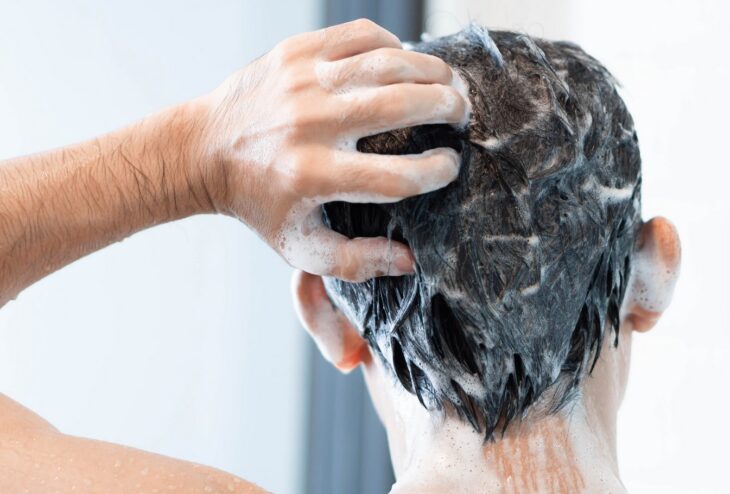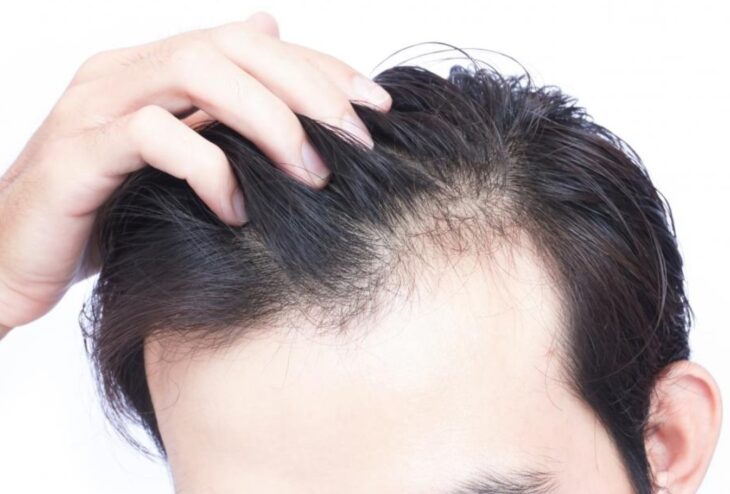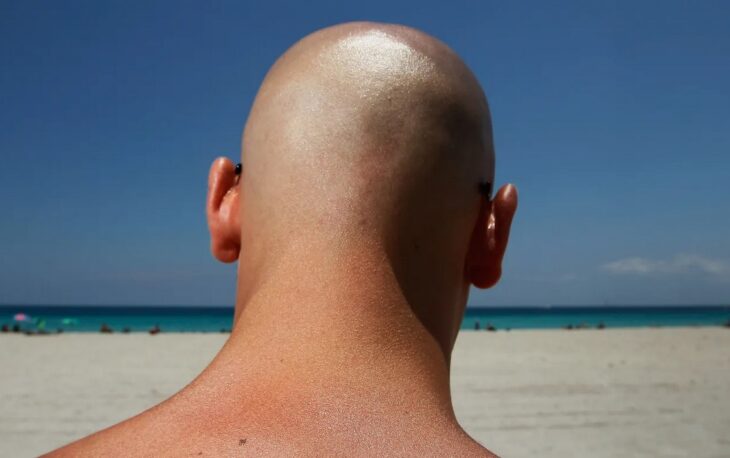Lack of hair can be a cause of low self-esteem and a source of dissatisfaction in life. Therefore, the hair transplant procedure can be a lifesaver for many people out there. Getting prepared for hair transplant surgery is essential, and it requires following the right steps. But avoiding certain things after a hair transplant is equally crucial. Following recommendations can help ensure the success of the procedure and prevent health and aesthetic problems. Here are six things you should avoid after a hair transplant procedure.
Contents
1. Driving a car

Source: LEGATUS GROUP
The thing you should keep in mind is that a hair transplant procedure requires taking sedatives. Since the patient only gets local anesthesia and is awake during the procedure, sedatives are necessary to calm the patient and make him as comfortable as possible. You should avoid driving under the influence of sedatives, at all costs. Make sure to have someone to take you home after the hair transplant procedure. Avoiding driving a car also applies to the following days after surgery. Make sure you start driving only after you feel one hundred percent ready.
2. Hard work and exercising

Source: menshealth
Some people tend to be very impatient and can’t wait to get back to their regular daily routines. Taking a few days to rest and recover is not only recommended but also necessary after this kind of procedure. Your body suffers stress, and you shouldn’t take that for granted. Avoid any hard work a couple of days after the hair transplant procedure. You should skip exercising for a couple of days. If you’re a huge workout enthusiast and it is hard for you not to move and be physically active, we recommend that you rest for at least a day or two after the hair transplant. And then you can start with light exercises again. Keep in mind that it is in your best interest not to sweat and do hard work since it can cause more swelling, as well as getting unsatisfactory results after the procedure. And going through a hair transplant surgery just to eventually refute all the work and results isn’t the smartest move.
3. Touching and washing your hair right away

Source: Dr. Squatch Blog
For the first three days after the hair transplant procedure, we recommend avoiding touching your hair in general. Styling and washing hair are out of the question and should be avoided until at least four days after the surgery. The first hair wash should be done very gently during bathing. Use the tips of your fingers and avoid plucking and any rough movements. Also, avoid directing a jet of water directly at the head, since it can harm the transplanted hair follicles. Combing should also be as gentle as possible. Air dry your hair for the first few weeks instead of using dryers that can be too aggressive.
4. Sleeping in a supine position

Source: Olena Yakobchuk/Shutterstock
Swelling is very common after a hair transplant procedure. Some people experience very dramatic swelling, while for others it is minimal. To avoid any additional swelling, you should skip sleeping in a supine position. Instead, in the first week make sure your head is elevated while you sleep. The most essential thing here is to listen to your body. If you feel pressure around your head, it means the swelling is still there and you should keep sleeping in an elevated position. On the other hand, in case you notice everything is in perfect order and you feel great, you should sleep normally. Maybe this information is confusing for you, but you shouldn’t worry. If you get the hair transplant procedure done in a good clinic with a lot of experts, you will surely receive all the necessary recommendations and useful advice regarding things you should apply or avoid after the surgery. If you’re interested in finding a good hair transplant clinic in Turkey, visit here for more information.
5. Applying ice on your scalp

Source: Medical News Today
When people notice swelling anywhere on their bodies, one of the first ideas is to put some ice on it. And although this can be a great tip in some other situations, hair transplant procedure recovery isn’t one of them. In the first few days, you should try to avoid putting anything on your head, including ice. Eventhough it could potentially help with swelling, you could harm the work that has been done on your head. You want to be very careful and give your best to ensure the best results possible. But this doesn’t apply to putting the ice on your forehead, above your eyebrows. It can help with calming the swelling, as well as prevent future swelling. Keep the ice on that region for up to half an hour and see will it help.
6. Exposing your head to the sun

Source: USA Today
Another thing to be avoided is sunburn. This advice should be applied in general, but especially after a hair transplant procedure. Do not expose your head directly to the sun for a longer time in the first two weeks. If you have to go outside on a sunny summer day, make sure you put some hat on to prevent the sunlight from harming your hair. Of course, you should avoid both sun and hats in the first few days after the surgery. But if you have to run some errands in the second week after a hair transplant, you can use the hat to cover your head and prevent sunburn. It would be best if you could spend the most time at home during your recovery, to eliminate all risk factors. But for some people, that isn’t feasible, and then you should try to make sure you’re doing what’s best for your head and hair.
Conclusion: While preparing for a hair transplant procedure, it is essential to follow recommendations to increase the odds for the success of the surgery. However, recovery after the procedure is equally important, so during this time, you should try to avoid certain things. Some of them are driving a car, doing hard work and exercising, as well as touching and washing your hair right after the surgery. Also, try to sleep in an elevated position to prevent swelling, apply ice only on your forehead and not on your head, and don’t expose your head to the sun. Following these recommendations will ensure getting the maximum results of your hair transplant procedure that you’ll be satisfied with.
